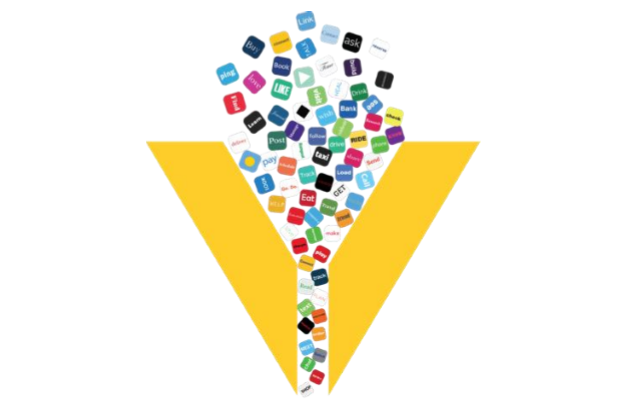
The state of telco transformation
Nine change stakeholders describe their experience of telco transformation, providing insights on the change process and learnings for others that are remodelling their organisations for the future.


Nine change stakeholders describe their experience of telco transformation, providing insights on the change process and learnings for others that are remodelling their organisations for the future.

Telco cloud came with the promise of agility and returns. Our latest in-depth research examines the evidence, why telcos still believe it will deliver, and what needs to be done to achieve that.

In a market written off by many as too competitive and complicated, Reliance Jio has risen extraordinarily quickly to be the leading operator in India, playing a major role in the delivery of Digital India. How did it do it, and what can others learn?

5G connectivity can make travelling by road faster and more efficient. This can drive productivity around the world and help the struggling transport and logistics industry to overcome its challenges.

We revisit our 2019 forecasts on the economic impact of 5G on industries, as well as re-evaluating the 5G opportunity in a post COVID world. We also include highlights from forthcoming research into the how 5G can drive efficiency and productivity in transport and logistics.

Telco cloud made big promises for the transformation of telecoms. It is a fundamental enabler for 5G and the exciting opportunities ahead. Why hasn’t it delivered yet – and what needs to change?

Analysis of the results of the first phase of our telecoms industry survey on purpose, leadership and culture shows the status of the industry and key drivers, and uncovers some important barriers to progress.

The unique benefits of 5G could unlock $1.4tn of value in eight key industries in 2030. What steps should operators take to deliver these benefits? What business and organisational transformation must occur to unlock this opportunity?

Over-focus on 5G was a distraction from fundamental changes in the world economy that telcos should prioritise in their strategies, investments and actions. What are the opportunities, and what should telcos, vendors and the GSMA do about it?

Veon (rebranded VimpelCom) has embarked upon a bold strategy, shedding its network to move from being a traditional telco business to an agile consumer IP communications platform. We analyse its new strategy, its risks, and what it will need to do to succeed.

Our research into 47 global operators reveals divergence in telcos’ levels of digital customer engagement. In this report, we examine three strategies that emerge (Digital Nascent, Multichannel and Omnichannel) and the key factors for success, drawing on lessons from case studies in banking, retail and hospitality.

Our latest adjacent market case study analyses Axel Springer’s successful 10 year digital transformation from print to online publisher, and holds many lessons for telcos, not least of which are the pitfalls of under commitment, and the required level of investment in M&A.

Developing new digital services is a key growth strategy to make up for Voice revenue decline, but many telcos are struggling to implement it effectively. NTT DoCoMo has made more progress in digital services than any other operator, but is often dismissed as an example because Japan is considered “too different” to be useful for other operators. We disagree with this assumption and highlight key lessons that operators can learn from NTT DoCoMo’s digital journey.